
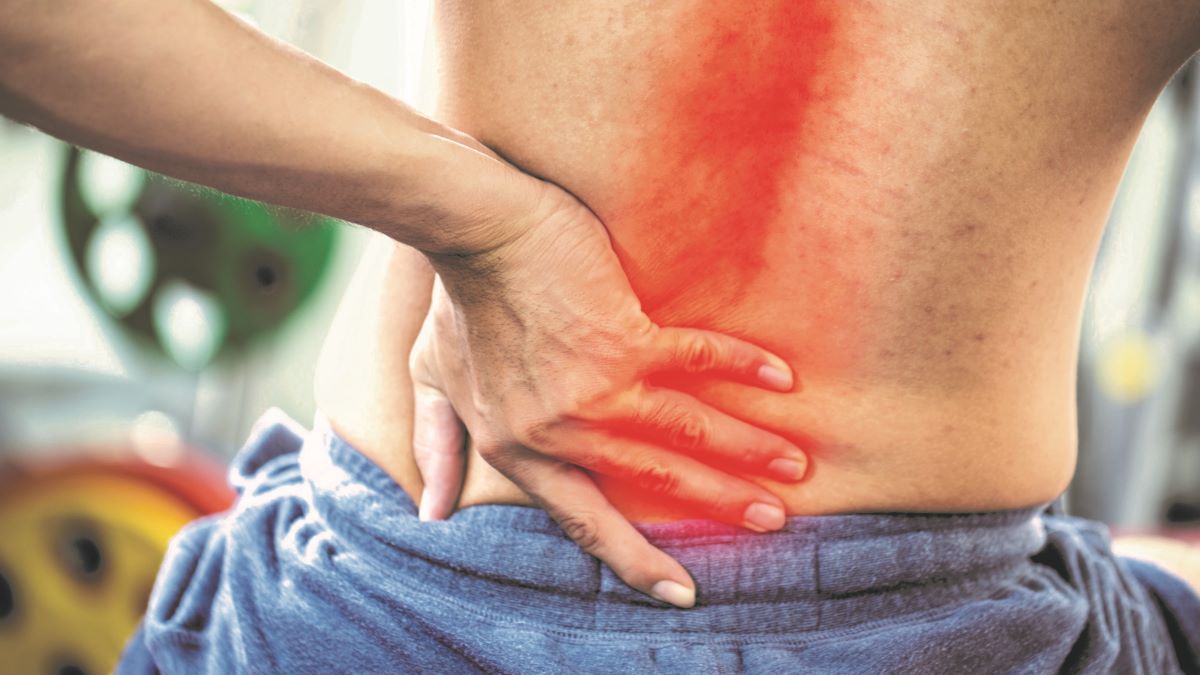
Spinal Decompression Treatment Woodstock: What is Spinal Decompression?
Spinal decompression is a revolutionary computer-aided technology that helps treat the symptoms of lower back and neck pain due to herniated, bulging, degenerated, and slipped discs. Spinal decompression is FDA-cleared and has been around for more than ten years. There have been more than 10 successful research studies on spinal decompression treatment Woodstock and currently, more than 5,000 clinics in the U.S. and Canada perform spinal decompression.
Every day more and more clinics are adding spinal decompression therapy as an alternative to surgery for patients suffering from herniated, bulging, degenerated, and slipped discs. Even when physical therapy, chiropractic care, acupuncture, pain pills, and shots have failed, most patients still experience dramatic pain relief in 4 to 6 weeks of spinal decompression.
When something is wrong in the human body, there is not always a quick fix. Many people suffer from back pain – in fact, 31 million Americans are experiencing pain in their lower back at any given time. But when they seek treatment, they often find temporary relief from symptoms while what they want is long-term healing.
Patients who suffer from the chronic pain associated with bulging, degenerating, or herniated discs may benefit from treatment using a spinal decompression table. This type of pain, which can manifest as back or neck pain itself as well as associated pain in the arms and legs, may have already been treated by traditional traction methods or even by spinal surgery to limited improvement.
In these cases, a spinal decompression table that uses computerized sensors to perform stretching actions on the spine and promote healing can be uniquely effective. But what is a spinal decompression table, and how it can be used to treat patients who have not been able to find relief in other ways?
A spinal decompression table is the main tool used in non-surgical spinal decompression therapy. There are two main types of spinal decompression tables: one with cable and pulley systems that create pull on the patient’s body, and decompression tables that consist of an upper and lower body portion that move independently from one another.
The latter type of table is much more effective at preventing muscle guarding and is what we recommend for the best possible patient outcomes.
The patient is strapped to the table using a harness, with other props such as pillows used to keep him/her comfortable and the spine in the correct position for decompression. Once the patient is in place, the table program is enacted and the two parts of the table begin to pull apart from one another.
The poundage of the pull depends on the type of decompression as well as the physicality of the patient and can range anywhere from just 5 pounds for a cervical decompression protocol to 100 pounds or more for lumbar decompression on a larger patient.
The difference between spinal decompression treatment Woodstock and other methods of decompression like inversion is the technology involved. The best spinal decompression table has sensors that indicate whether a patient’s muscles are resisting the stretch being applied by the table.
As the muscles resist, the table reduces the poundage of the pull until the muscles relax, then begins to pull again. By taking resistance into account, a spinal decompression table can more effectively relieve pressure in the spine and ultimately provide relief.
The spinal decompression table uses computerized technology to create negative intradiscal pressure in the spine. A decompression table has two parts that move independently of one another.
During setup, your doctor chooses a decompression program that is best suited to your needs. The right program for a patient will depend on that person’s diagnosis as well as how they have responded to previous treatments.
As the decompression table stretches the spine, negative pressure is created within your spinal discs, which can result in the retraction or repositioning of the disc material, leading to pain relief.
In addition, the lower pressure within the disc can cause an influx of healing nutrients to the disc, to promote further relief even when the patient is not on the table.
One of the hurdles to effective decompression with manual techniques is the fact that the body naturally resists the stretch, known as muscle guarding. With a spinal decompression table, sensors can detect when the patient’s muscles are guarding against the stretch and release the tension, ensuring that the maximum decompression is accomplished.
Spinal decompression therapy, also known as non-surgical spinal decompression, is a practice that utilizes a spinal decompression table to relieve pain by creating a situation in which bulging or herniated disc tissue can move back into place and heal, alleviating the pain it causes.
Spinal decompression therapy aims to help patients who suffer from debilitating pain due to bulging, degenerating, or herniated discs. It can also be used for the pain management and treatment of many causes of sciatica, injured or diseased spinal nerve roots, and worn spinal joints.
The therapy itself works to stretch the spine, using a spinal decompression table or other device, to create negative pressure and space within the disc to allow disc fluid to move back into place.
This creates an environment in which the disc can receive more nutrients and therefore heal itself more quickly and effectively. The primary goal of spinal decompression treatment Woodstock is to relieve the patient’s chronic back, arm, neck, and/or leg pain, and heal the source of the pain.
Spinal decompression therapy is also referred to as non-surgical decompression therapy since it is often used as a safe, affordable, and extremely effective alternative to spinal surgery.
The distinction between surgical and non-surgical spinal decompression is an important one, as surgical spinal procedures are often considered the last option, while spinal decompression therapy is a safe treatment at any stage of back pain.
The most common spinal decompression surgeries are laminectomy and microdiscectomy, which present a greater risk of complication or failure.
FDA-cleared spinal decompression therapy treats symptoms of back pain due to:
Decompression is achieved by using a specific combination of force of pull, angle in the degree of pull, and varying time to create a negative pressure inside the discs of the spine. This reversal of pressure creates a vacuum inside the disc that helps to draw in bulging discs and extruded disc material back into place, taking pressure off pinched or irritated nerves.
Spinal specialists believe that nutrients, oxygen, and fluids are drawn into the disc to create a revitalized environment conducive to healing for both herniated and degenerated discs.
Based on your body weight, tolerance, level of severity, and duration of symptoms, your spinal decompression specialist will determine a specific treatment plan based on your needs. This helps ensure the best and longest-lasting results.
A typical spinal decompression treatment protocol consists of about 12–20 sessions over four to six weeks. Some conditions require fewer visits; others require more.
Many patients report relief from their pain and other symptoms during the first few treatment sessions and most experience dramatic pain relief after completion of their prescribed treatment program.
Most patients do not experience any major side effects. The most common side effect is a dull, achy soreness for the first week or two as the body becomes accustomed to being stretched and decompressed.
Spinal decompression stretches muscles in a lengthening direction which the body is generally not used to. Because of this, patients may experience a dull, achy soreness that they often describe as “it feels like I just worked out for the first time in a long time.” Very rarely do patients have an increase in the pain that they came in with.
Patients with acute, severe disc herniations may experience some pain during the first week or two until the herniation retracts back in taking pressure off the nerves. Acute disc herniation patients tend to experience more “up and down” types of relief from their pain for the first 2 weeks as an acute disc herniation can be slightly unpredictable.
Regardless of the mild soreness experienced in the first week or two, most patients experience 50% relief or more of their pain around the end of the second week.
Overall, spinal decompression therapy is considered safe and comfortable. The spinal decompression table has emergency stop switches for both the patient and the operator. These switches stop the treatment immediately if a patient experiences any increase in pain or discomfort during the treatment thereby avoiding problem or injury.
So, if you are suffering from lower back and neck pain, why not try out spinal decompression therapy to find relief.
At Advanced Health Solutions – GA Spine & Disc, we are ready to help you find relief from your pain through spinal decompression treatment Woodstock. Call us today at (770) 212-3991 or get in touch with us online to schedule a consultation with our spinal compression specialist to find out if you’re the right candidate for this treatment.



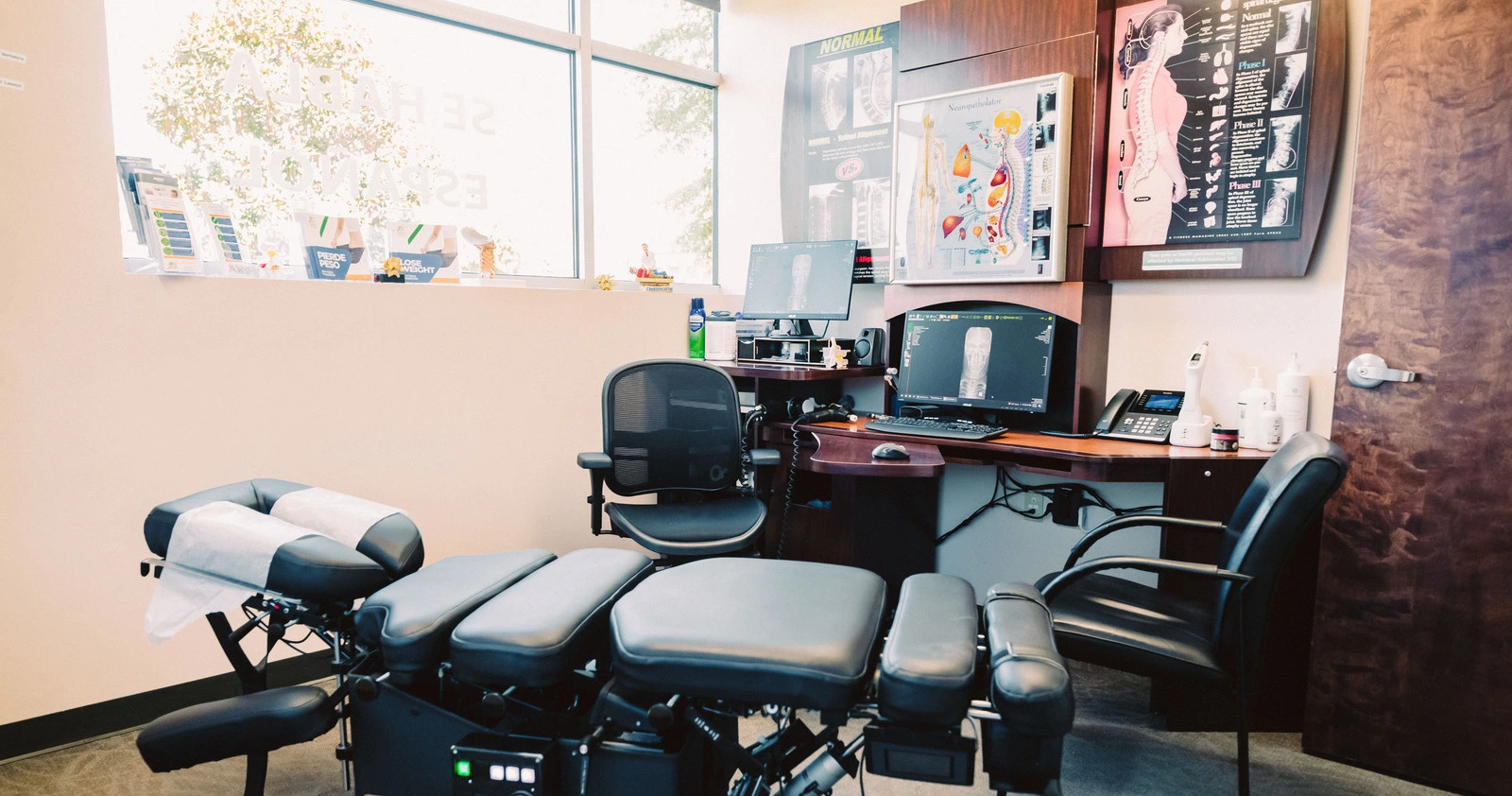

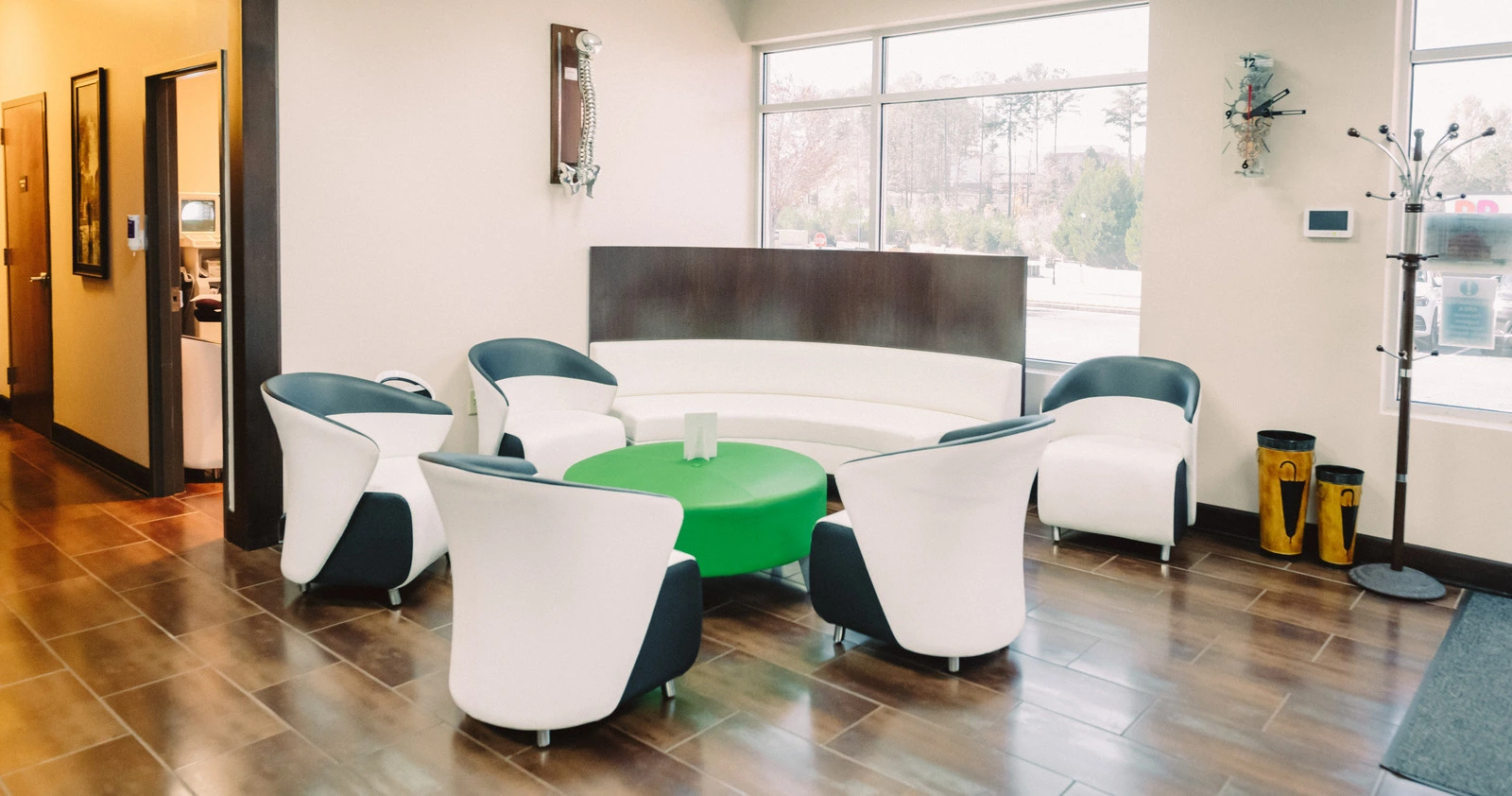


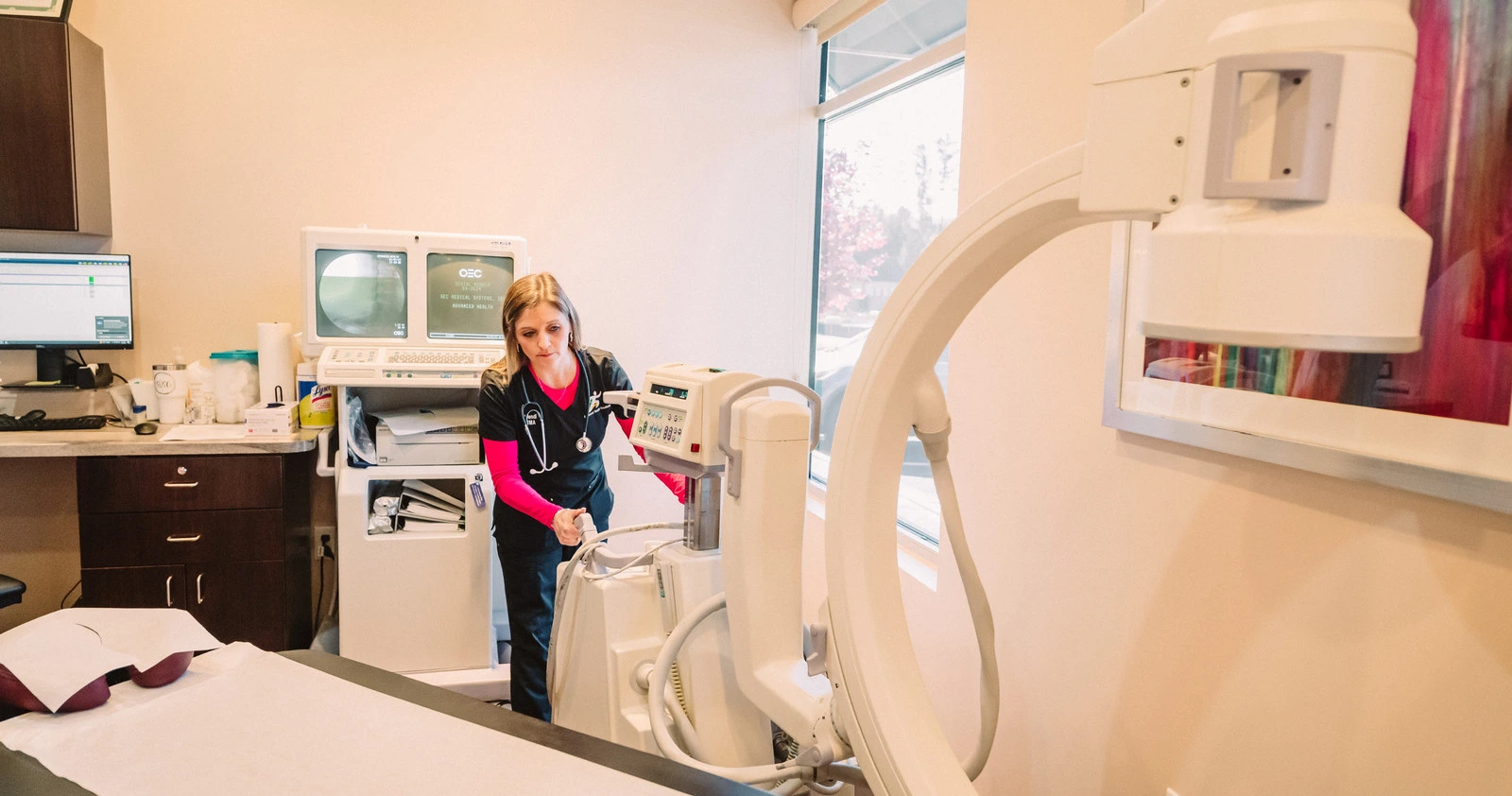
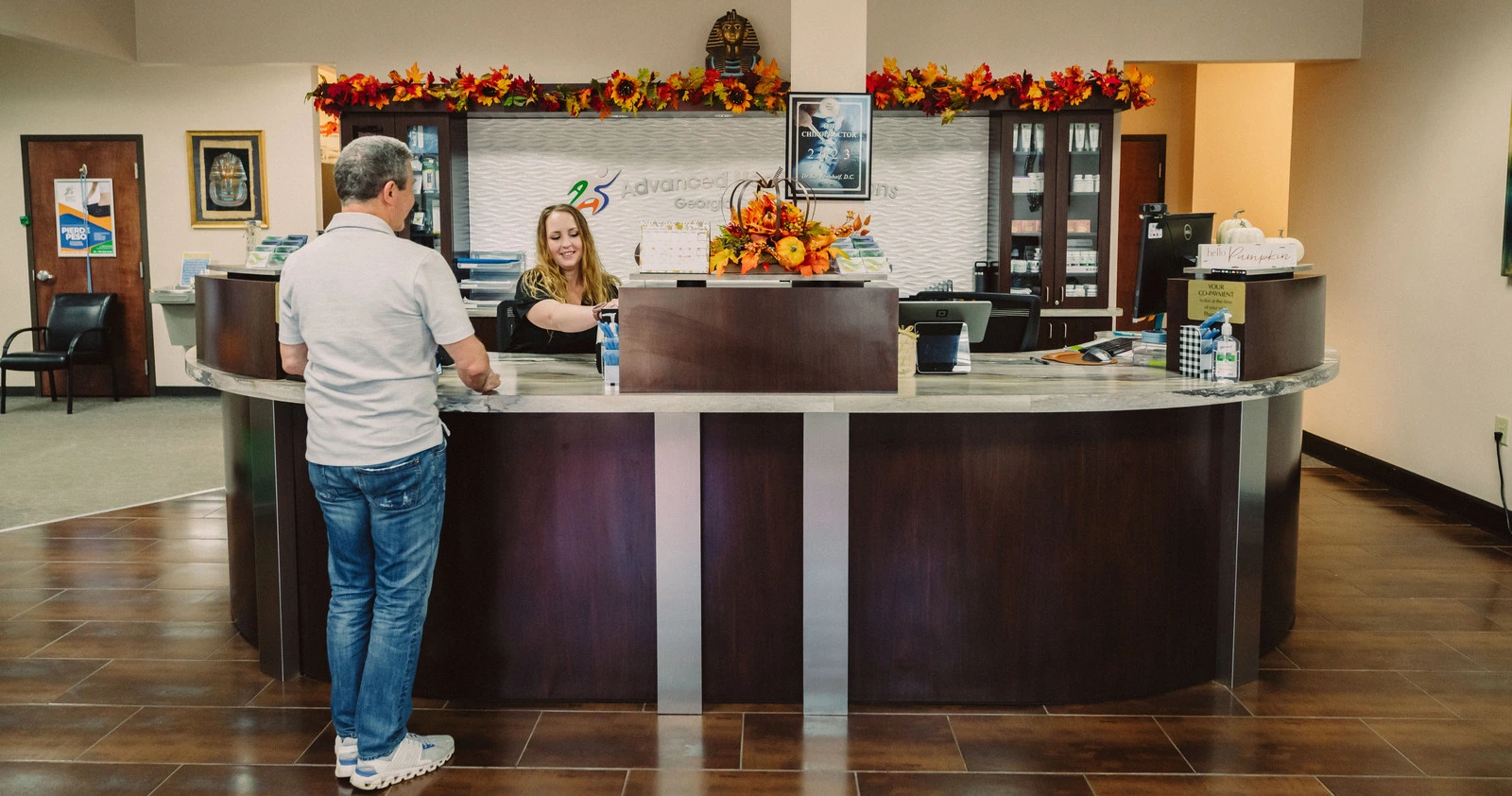
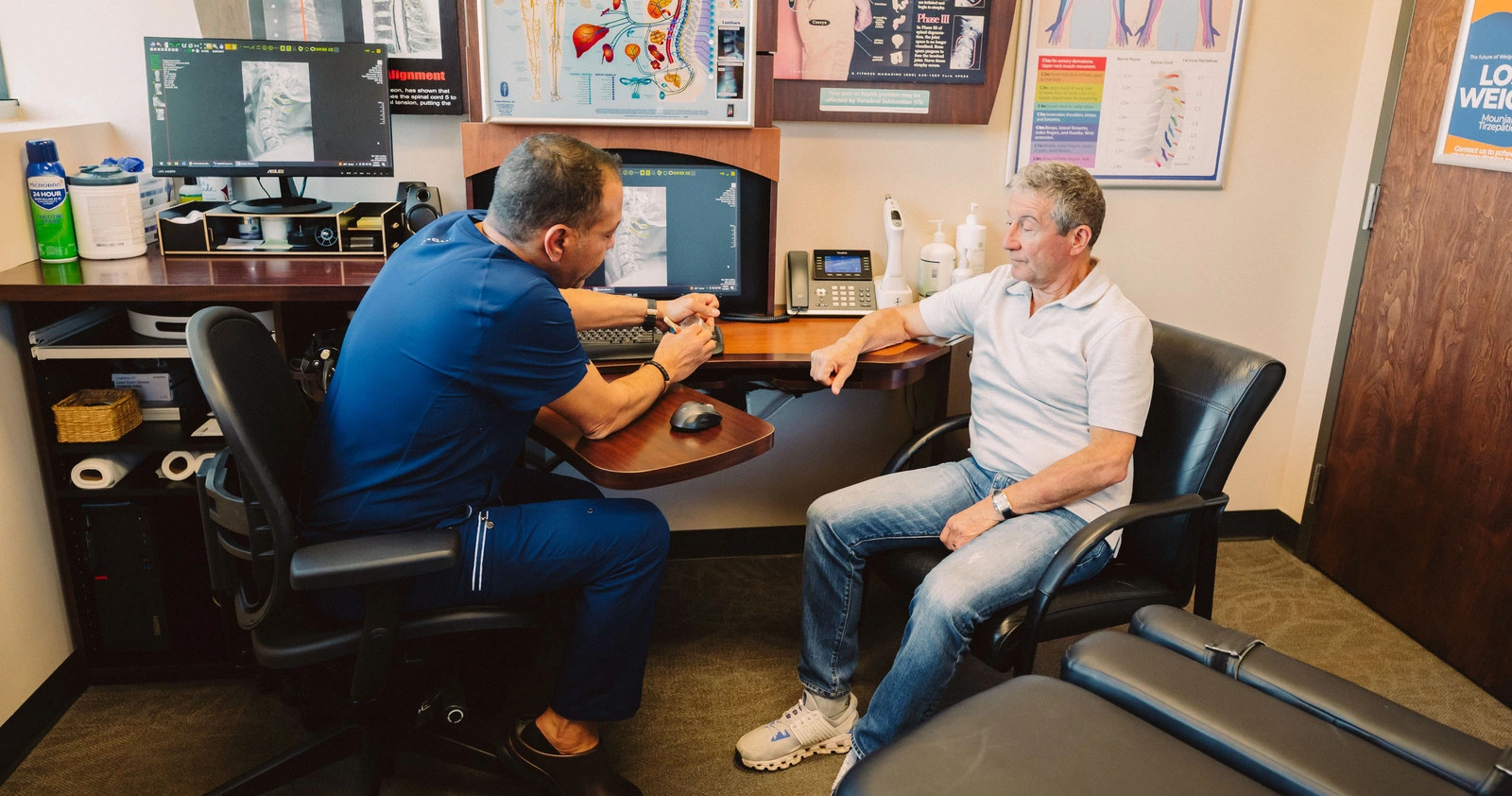


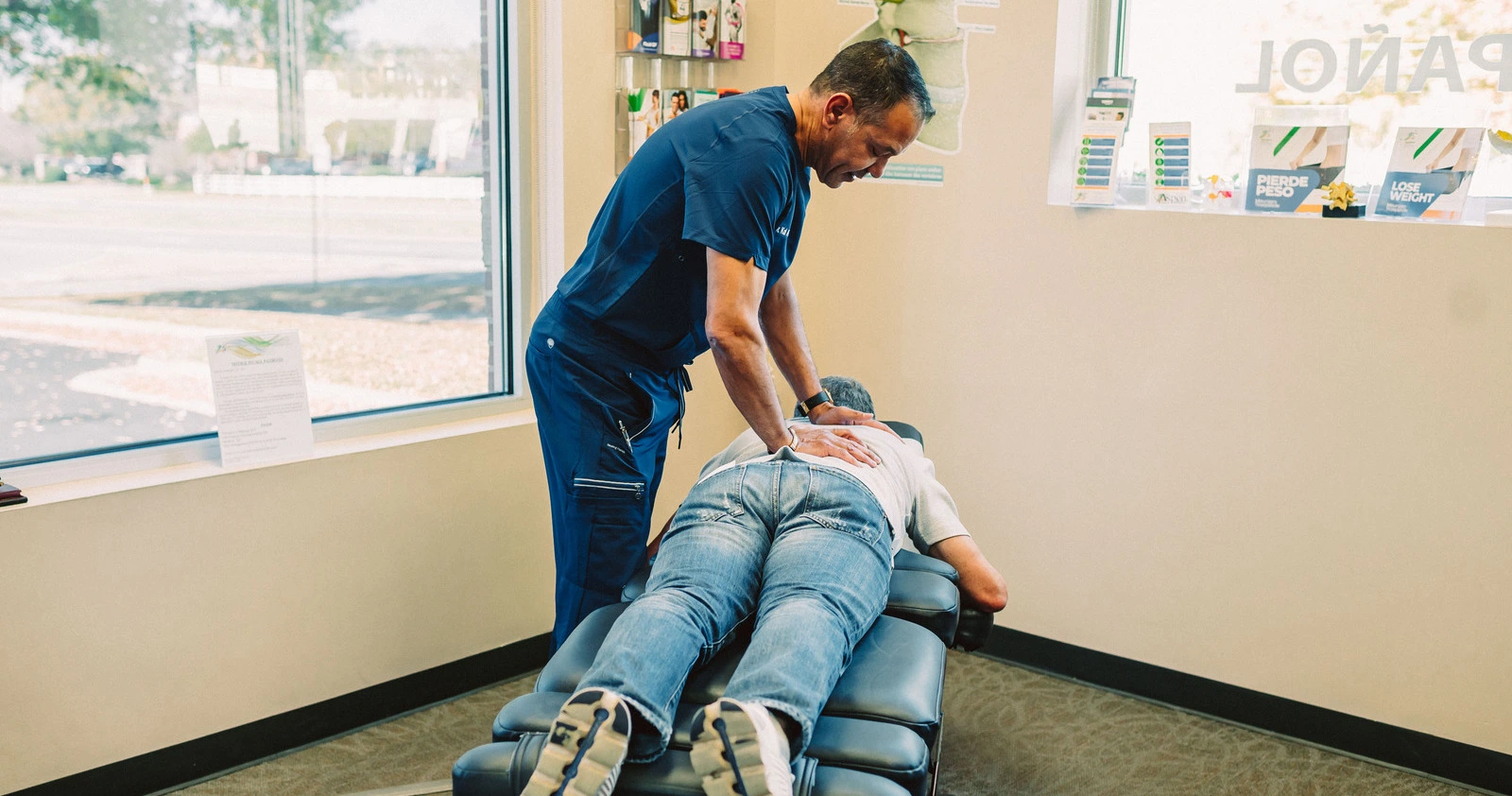
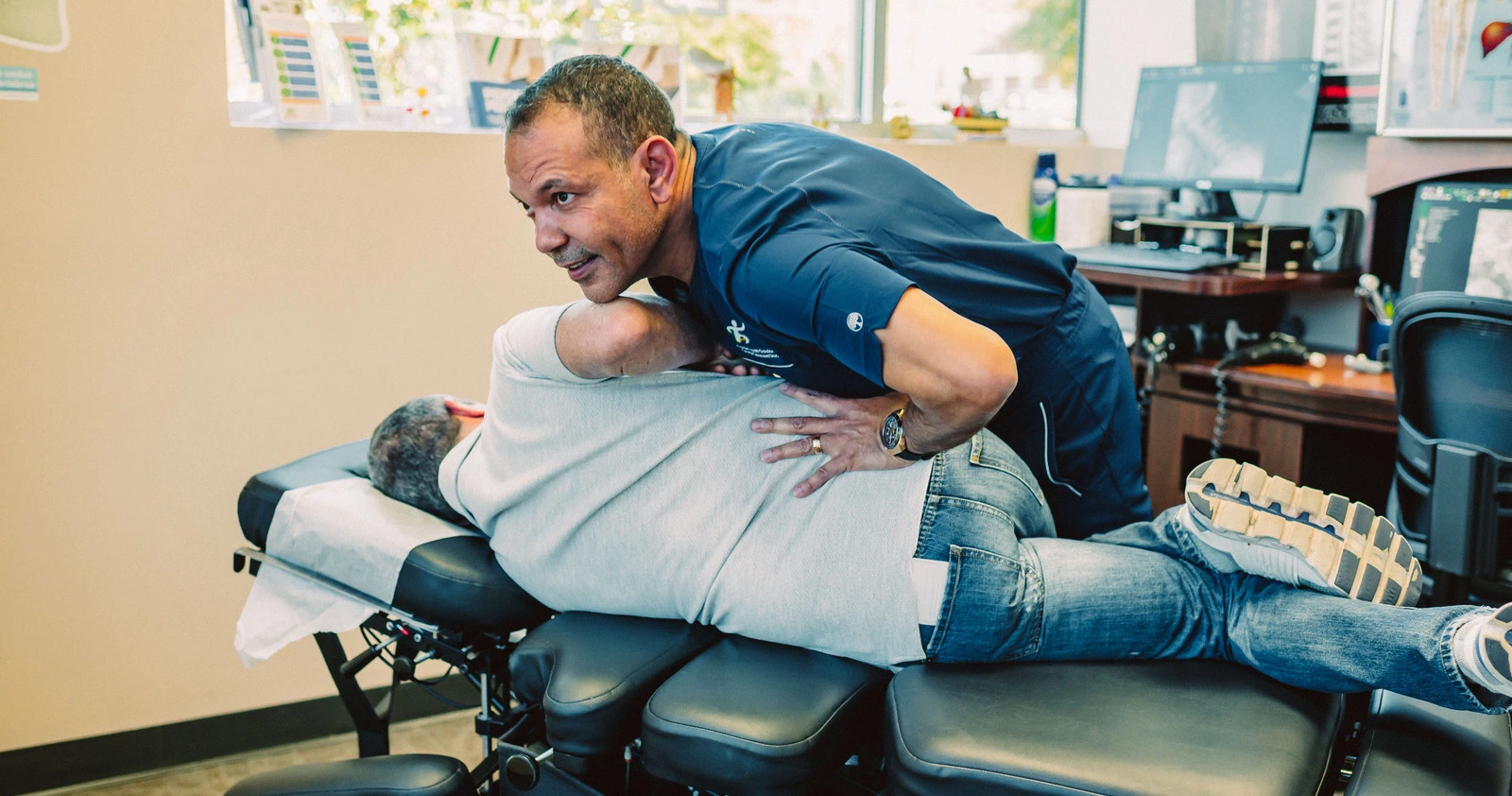
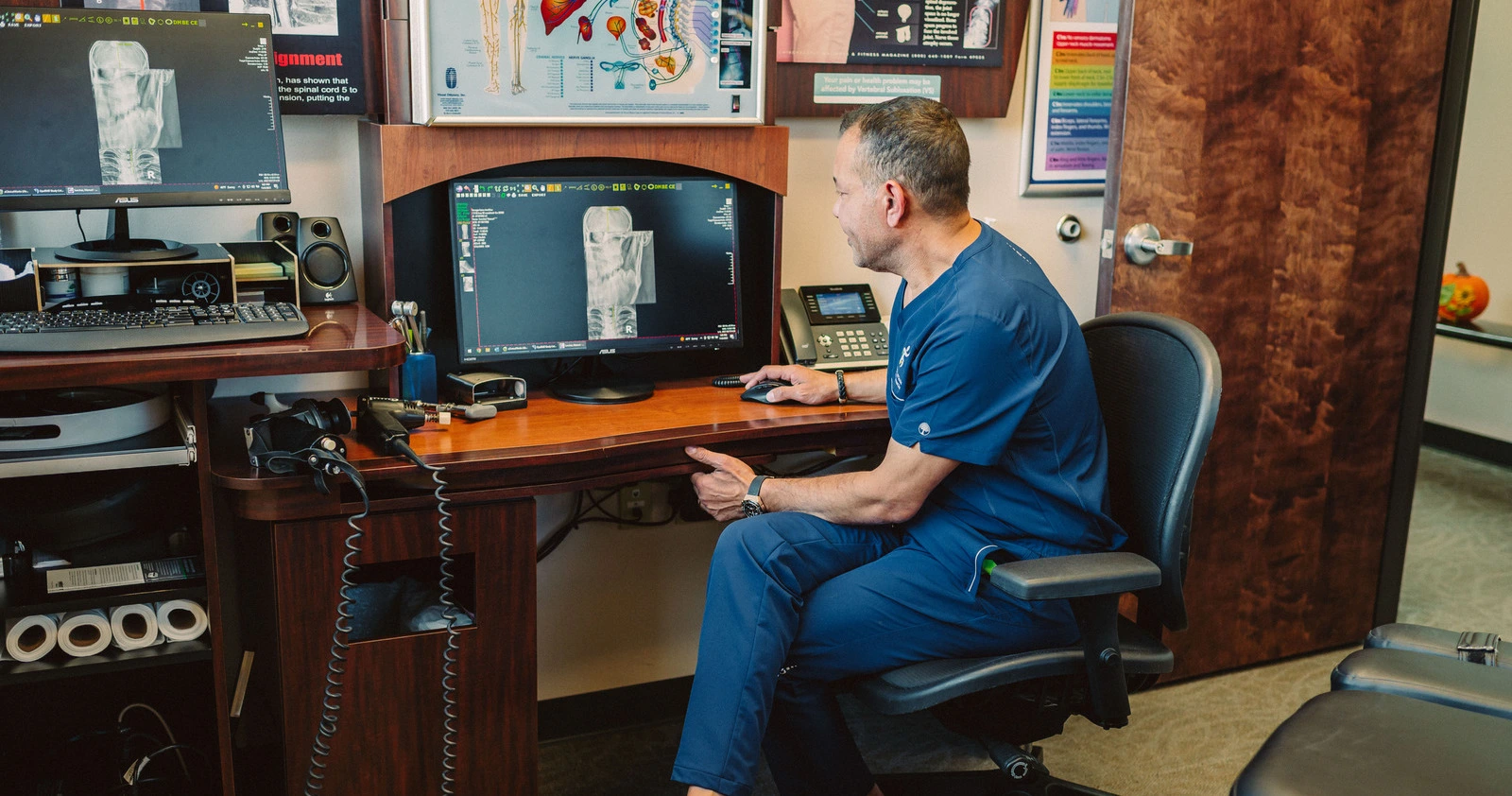

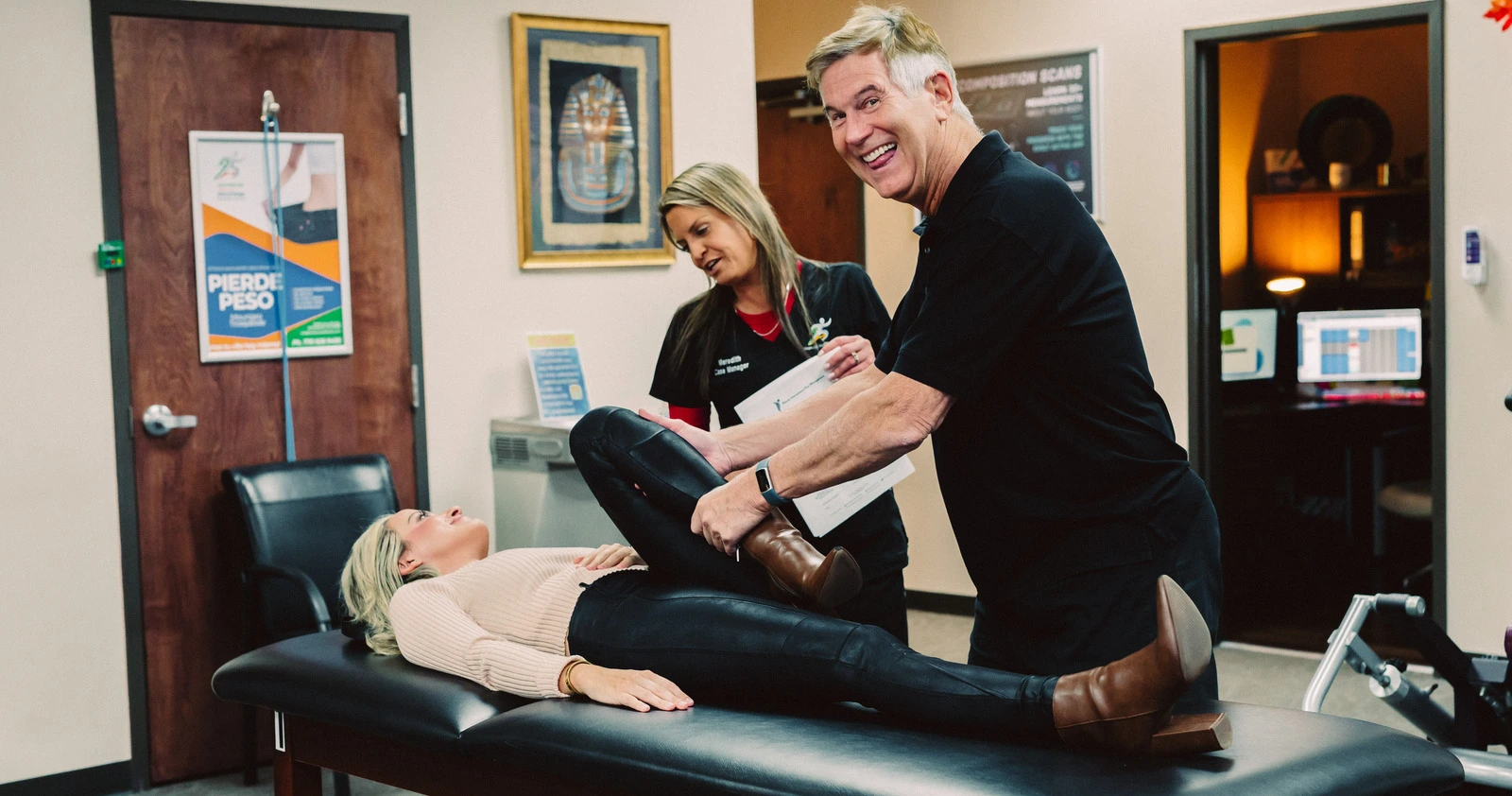
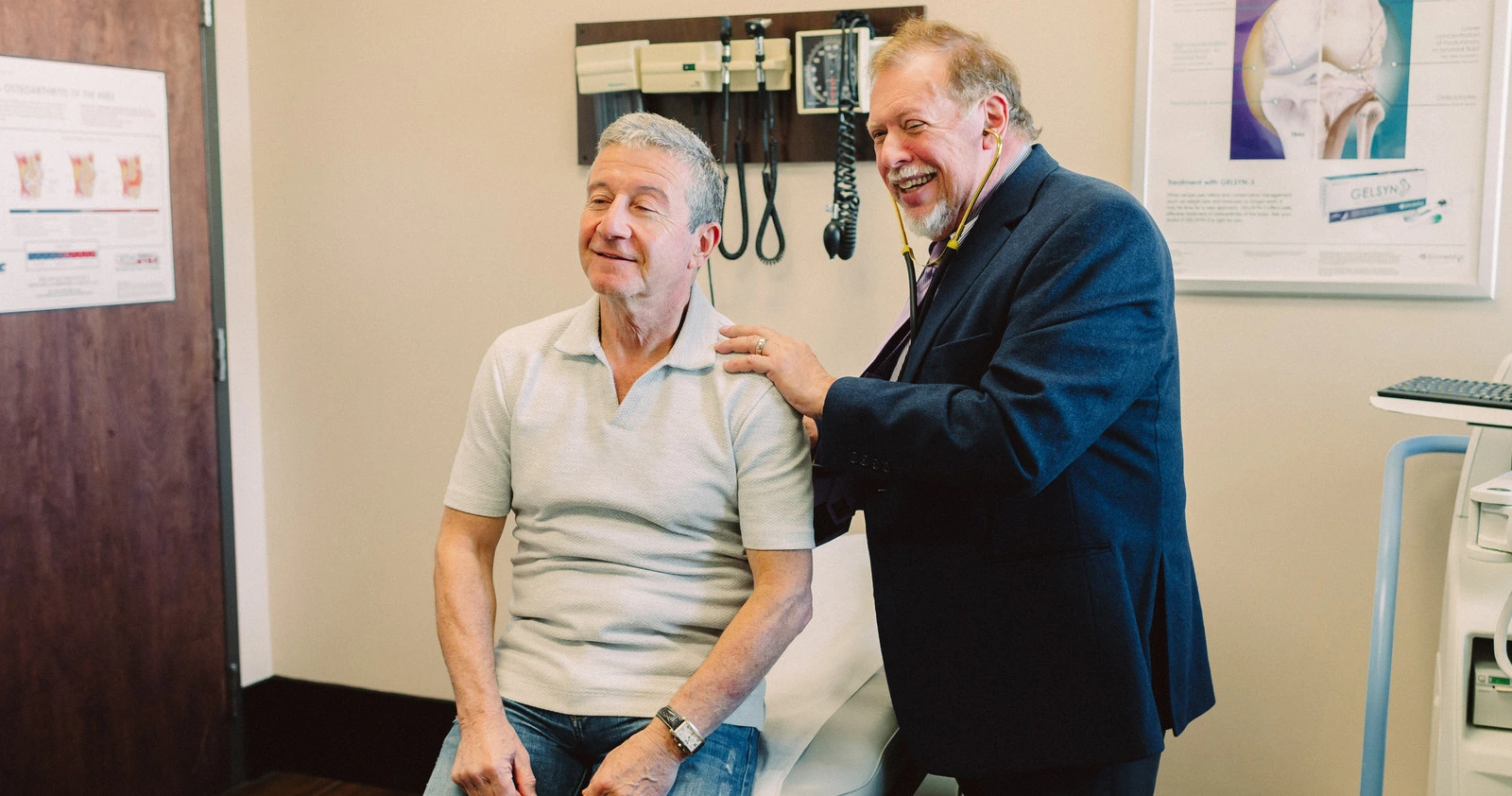
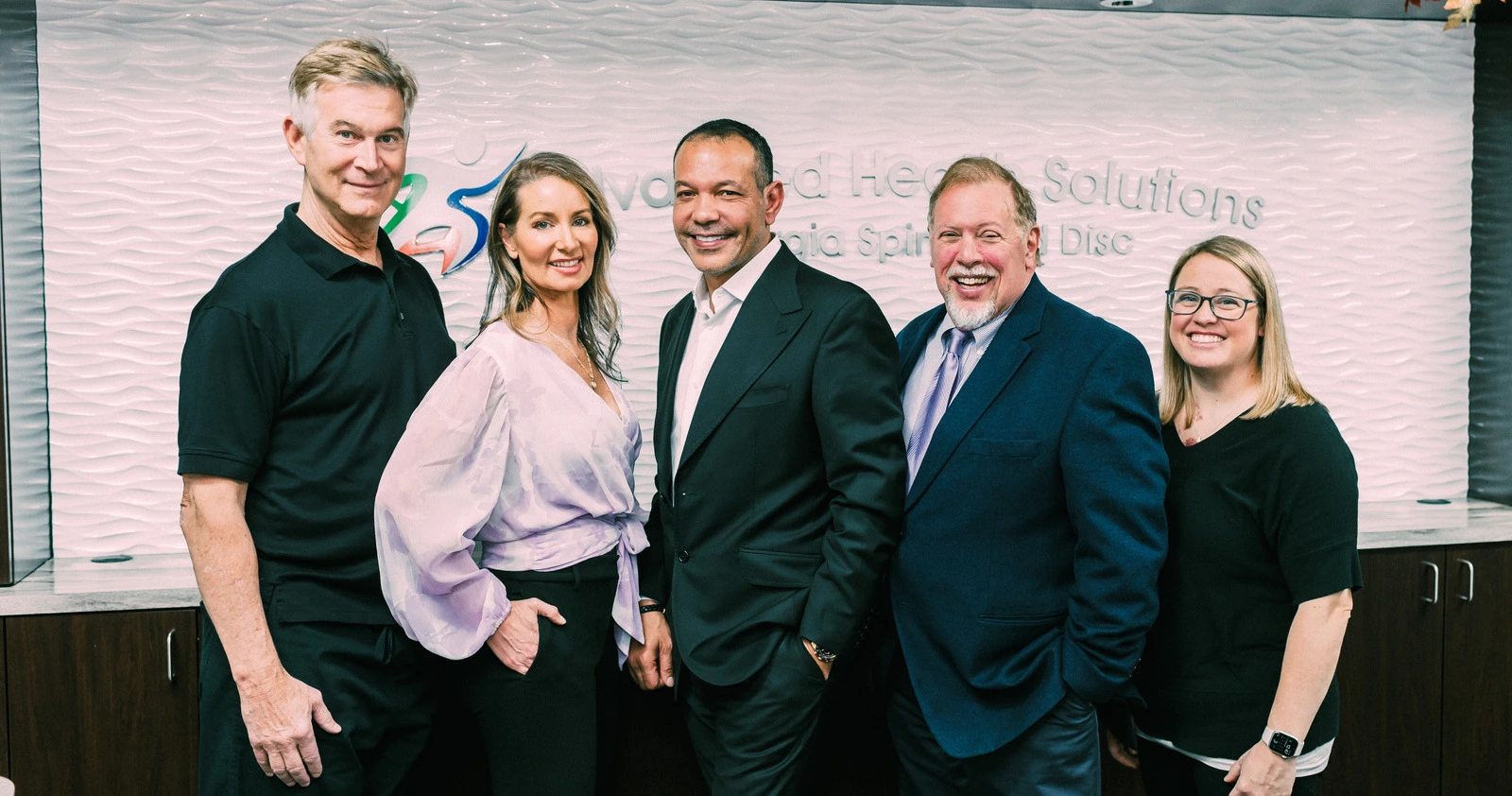

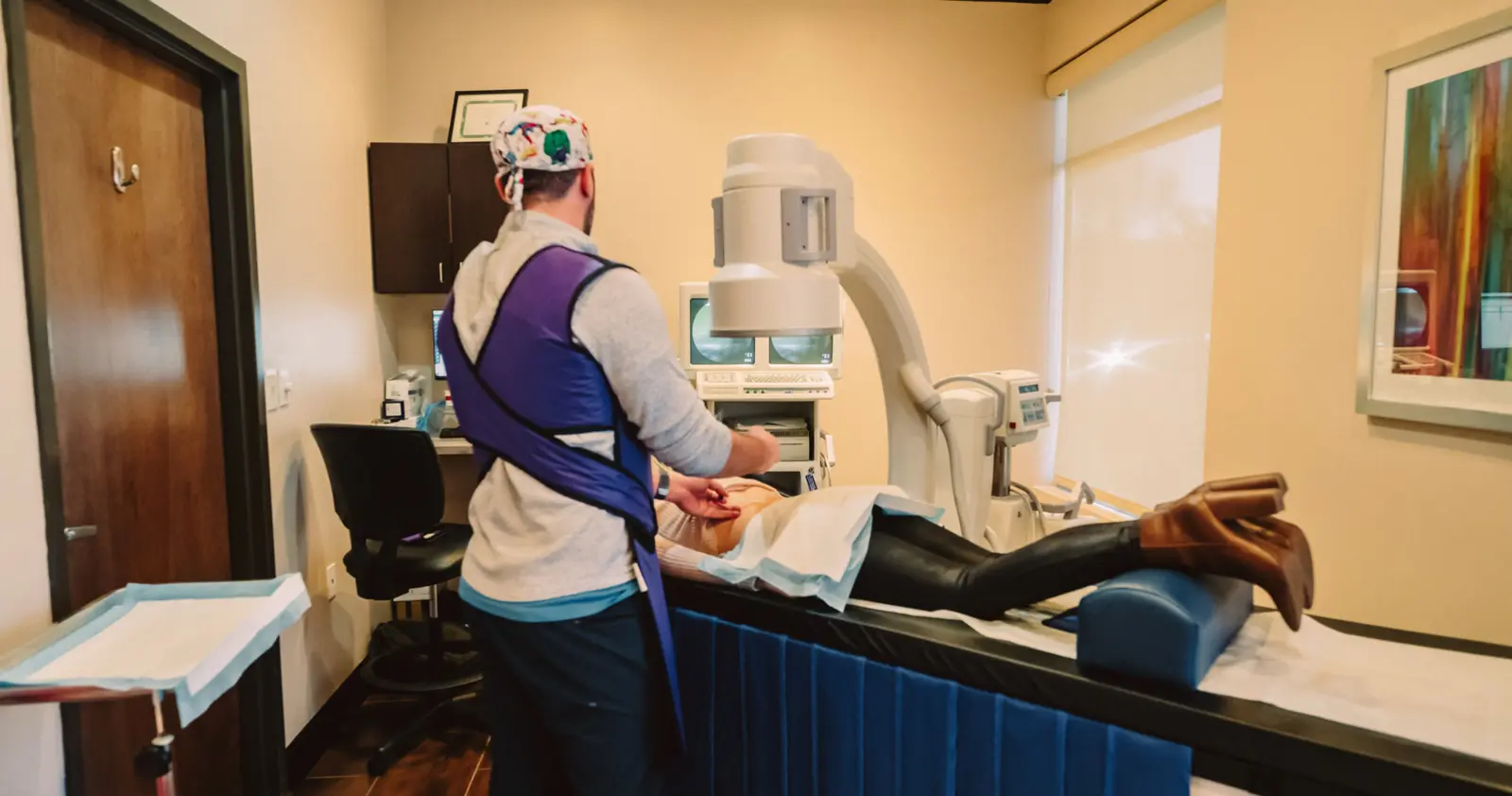
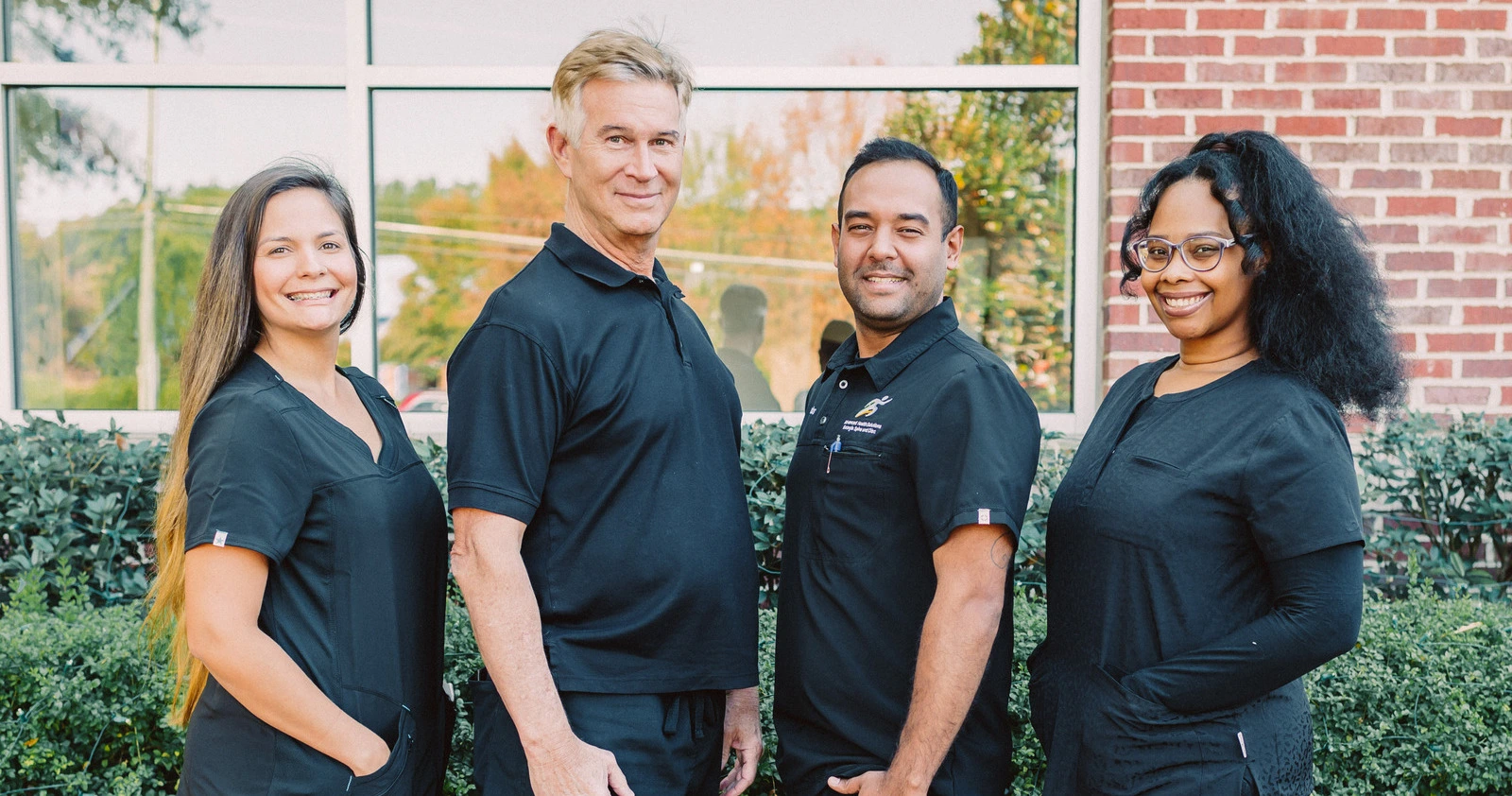
Our medical clinic offers a wide range of services, including primary care, specialty care, preventive care, diagnostic testing, chiropractic, physical therapy, and more. We strive to provide comprehensive and personalized healthcare to our patients.
Our medical professionals are highly trained and experienced in their respective fields. We have a team of doctors, nurses, specialists, and support staff who are dedicated to providing quality care and ensuring the well-being of our patients.
Our clinic(s) are conveniently located in a central area, with easy access to public transportation and ample parking facilities. We understand the importance of accessibility and strive to make it convenient for our patients to reach us. See all locations
We take pride in our high patient satisfaction rates and positive outcomes. We regularly collect feedback from our patients to continuously improve our services and ensure we meet their expectations. Read Our Reviews
We strive to work with a wide range of insurance providers to ensure that our services are accessible to as many patients as possible. We also offer flexible payment options and financial assistance programs to make healthcare affordable for our patients.
The purpose of this visit is to assess your symptoms, diagnose any potential conditions, and provide appropriate treatment or recommendations. Your healthcare provider will outline the recommended treatment plan, which may include medications, lifestyle changes, therapies, or referrals to specialists, depending on your condition.
In addition to our core medical services, we may offer additional benefits such as extended hours, online appointment scheduling, electronic medical records, and patient education resources.
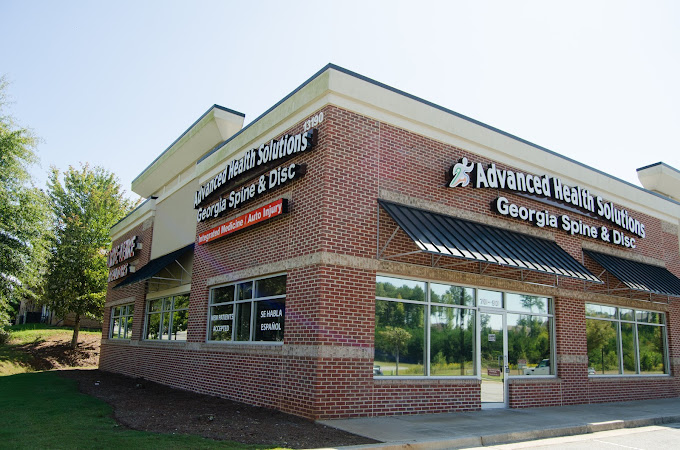

We are a Multidisciplinary Clinic with over 75 years of Combined Experience